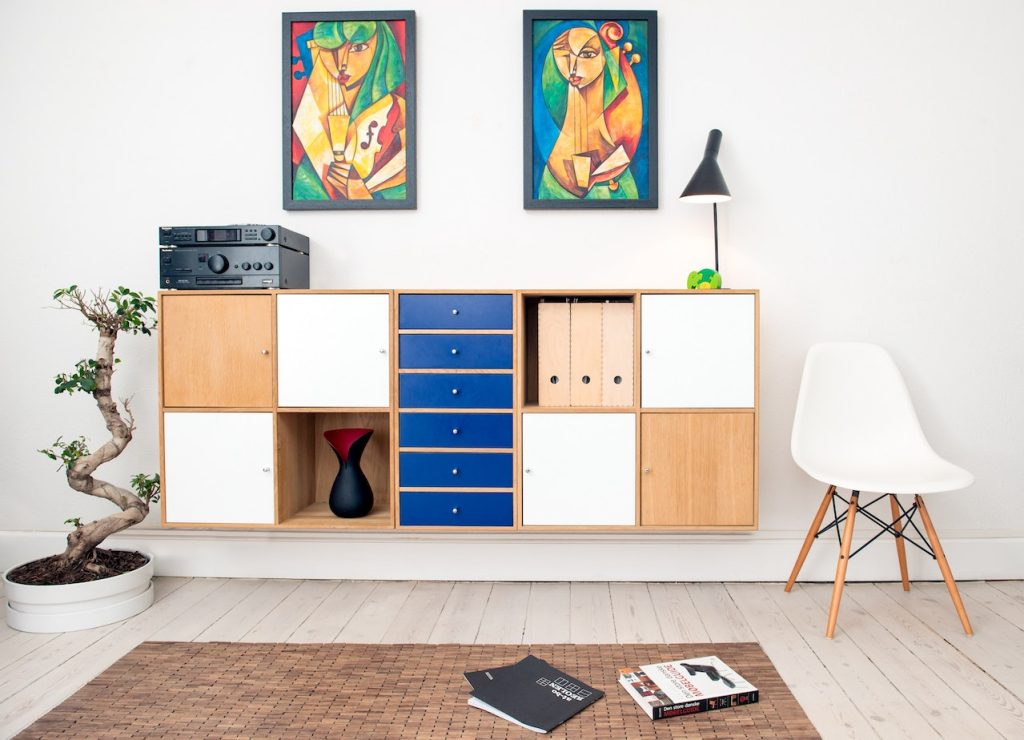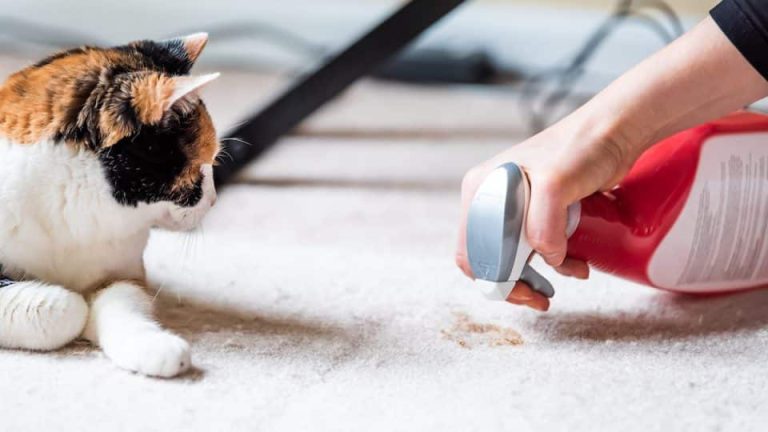Every homeowner aspires to maintain a home with beautiful furnishings, art, and decor. While buying art gives you a nice sensation, most people are not sure how to take care of it once it is in their home. It’s crucial to consider how various elements will impact the condition of your artwork, whether it’s a painting, print, or piece of porcelain. Here are some useful tips on how to care for, clean, and store your nice pieces.
Keep away from the sun
Never place prints or photos directly in the sun since the UV rays can fade them. Sunlight is an art form’s worst enemy. UV rays are responsible for color fading and loss of brightness. The majority of paints, dyes, and photos share this characteristic.
Keep at medium temperatures
Keep your artwork out of areas where there may be frequent changes in temperature, moisture content, or humidity because these factors all affect artwork negatively. Constant 21.2 degrees Celsius is the best temperature for paintings and prints. Artwork should never be exposed to severe temperatures, whether you’re storing it away or displaying it in your living room.
Avoid places that receive direct sunlight at all costs, and think carefully before using ceiling lights because the heat they generate may eventually harm your art. Make sure there is enough space between your artwork and any high-wattage lighting you use. Keep your artwork away from air conditioning and heating units.

Store it well
Artwork should be stored in humidity-controlled environments and should be wrapped in acid-free materials to prevent humidity damage, which can be permanent. The art forms most sensitive to moisture are probably those on paper. For canvases, the back of the canvas will show the first indications of dampness. Due to the environment the artwork has been in over time, discoloration and characteristic brown stains may occur. Again, if you value this piece of art, think about having it professionally cleaned or restored to extend its life.
Hang it properly
If you want to hang your family photography memorabilia or paintings, take into account their weight and the wall’s strength. The best arrangement involves mounting two eye hooks on the back of a frame and connecting them with strong wire. To ensure that their weight is spread equally, they should be suspended from wood studs concealed behind drywall or plaster using many anchor points. Keep children and pets away from your artwork as fallen objects can hurt them. To ensure optimum airflow behind the artwork and to prevent dust gathering, attach spacers to the back of the pieces.

Dust periodically
Depending on where they are displayed and the environment they are in, paintings should be dusted a few times a year. While dusting, it’s crucial to look for any signs of wear and tear and keep an eye out for flaking paint. Do not dust the artwork if there is peeling paint present. To dust your works of art, whether they are paintings or sculptures, you can use a dry towel or a clean, soft paintbrush.
Avoid using feather dusters as their strands may adhere to canvases and the paint-covered edges of the artwork. Keep in mind that paintings that are framed in glass are susceptible to dampness and mildew since there is less airflow, which leads to moisture accumulation. Spray a cleaning solution onto a soft cloth and use it to wipe glass or acrylic surfaces on framed artwork before drying with a different cloth.
Don’t use chemicals
Even water has the potential to irreparably degrade works of art, as do many cleaning agents. Many chemical products can wear away at materials because they are abrasive, and some even have color-changing qualities. It is suggested that you use a gentle brush. Consider sending the picture to a professional for cleaning if it is sentimental or expensive.
Wooden and metal sculptures just need to be dusted occasionally. The metal, however, may start to corrode or change color with time. Although you cannot stop the rusting, you can submit the sculpture for polishing to a professional or, if you are familiar with the process, do it yourself.
You can get the polish at any hardware shop. Before buying it, make sure to examine the medium and the type of polish that will be needed. On the other hand, wooden sculptures do not decay quickly. All you need to do is make sure they aren’t exposed to fire or too much moisture.
Conclusion
The collection of art in a person’s home is something that is frequently disregarded when cleaning. But over time, art may age just like everything else. The good news is – your home art items don’t need specialized facilities for protection or intensive maintenance. All that’s required is routine dusting and a thorough inspection for damage.




